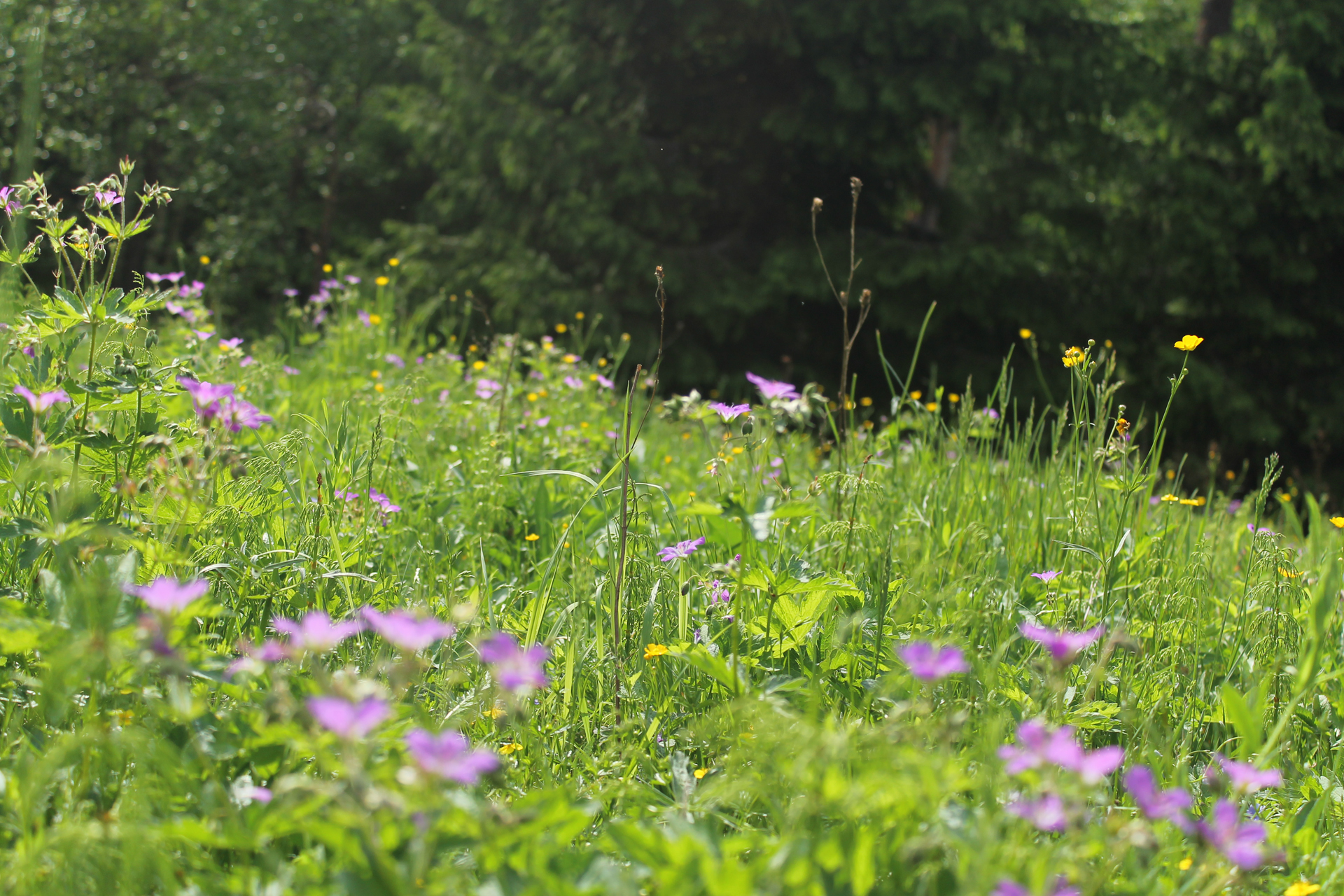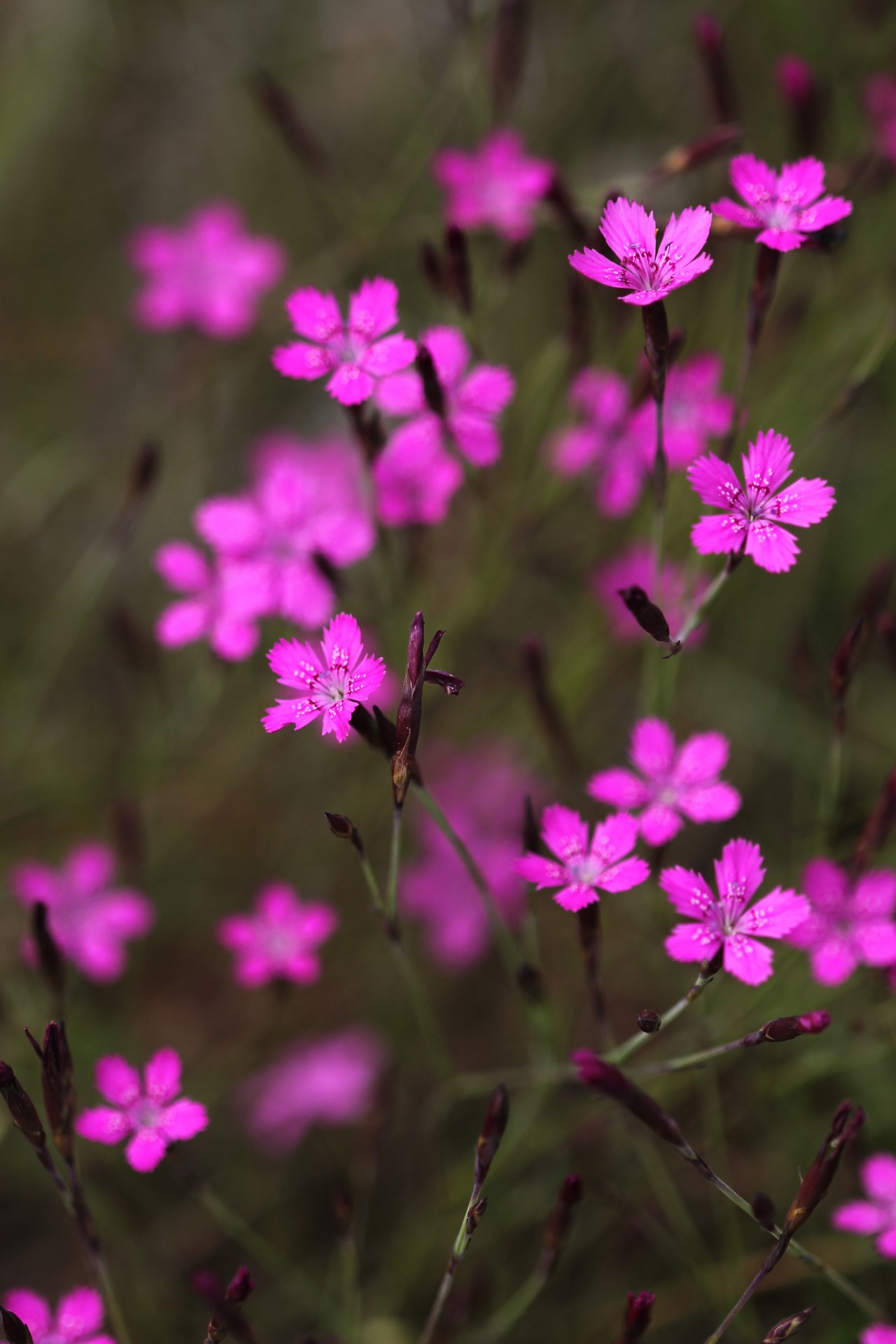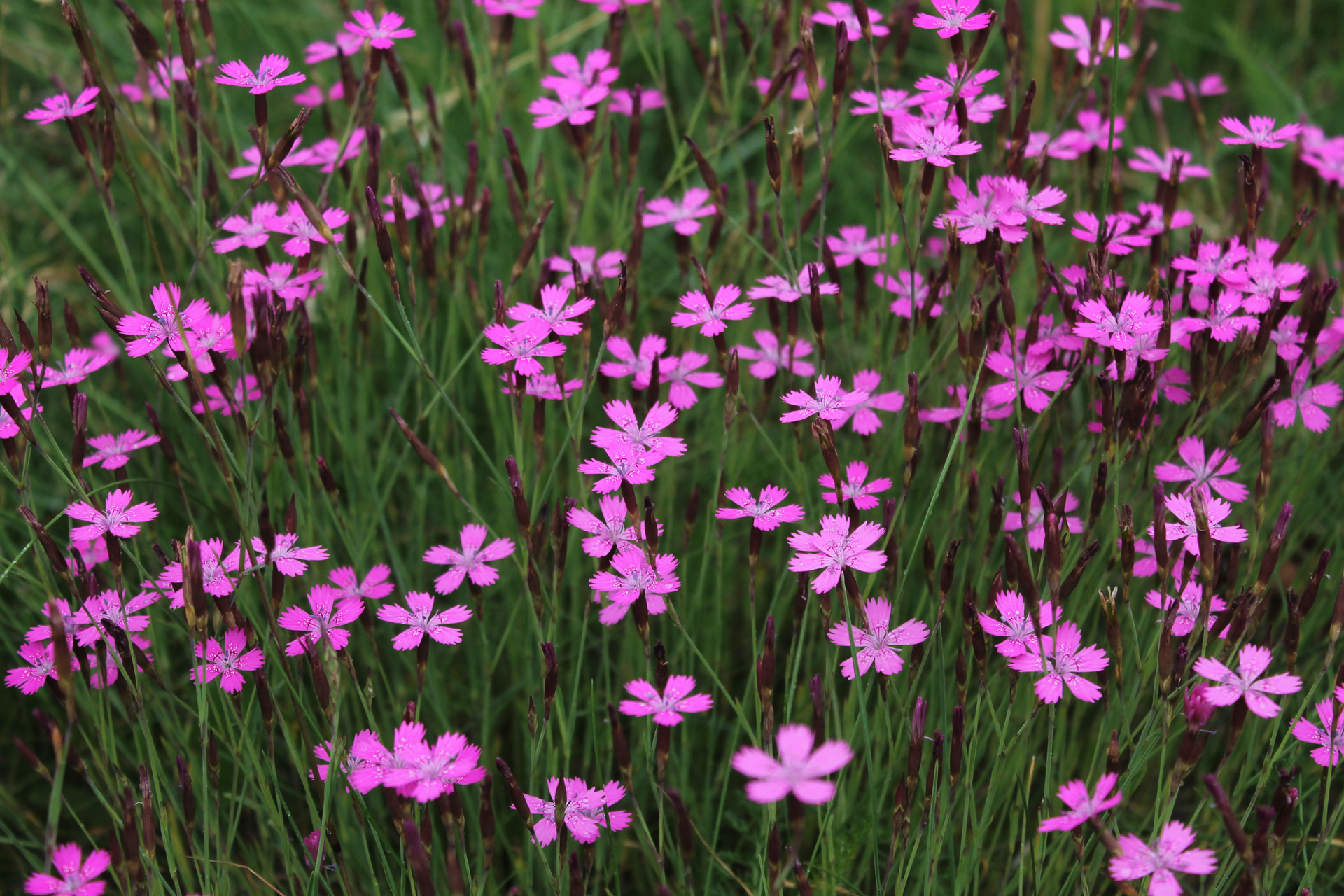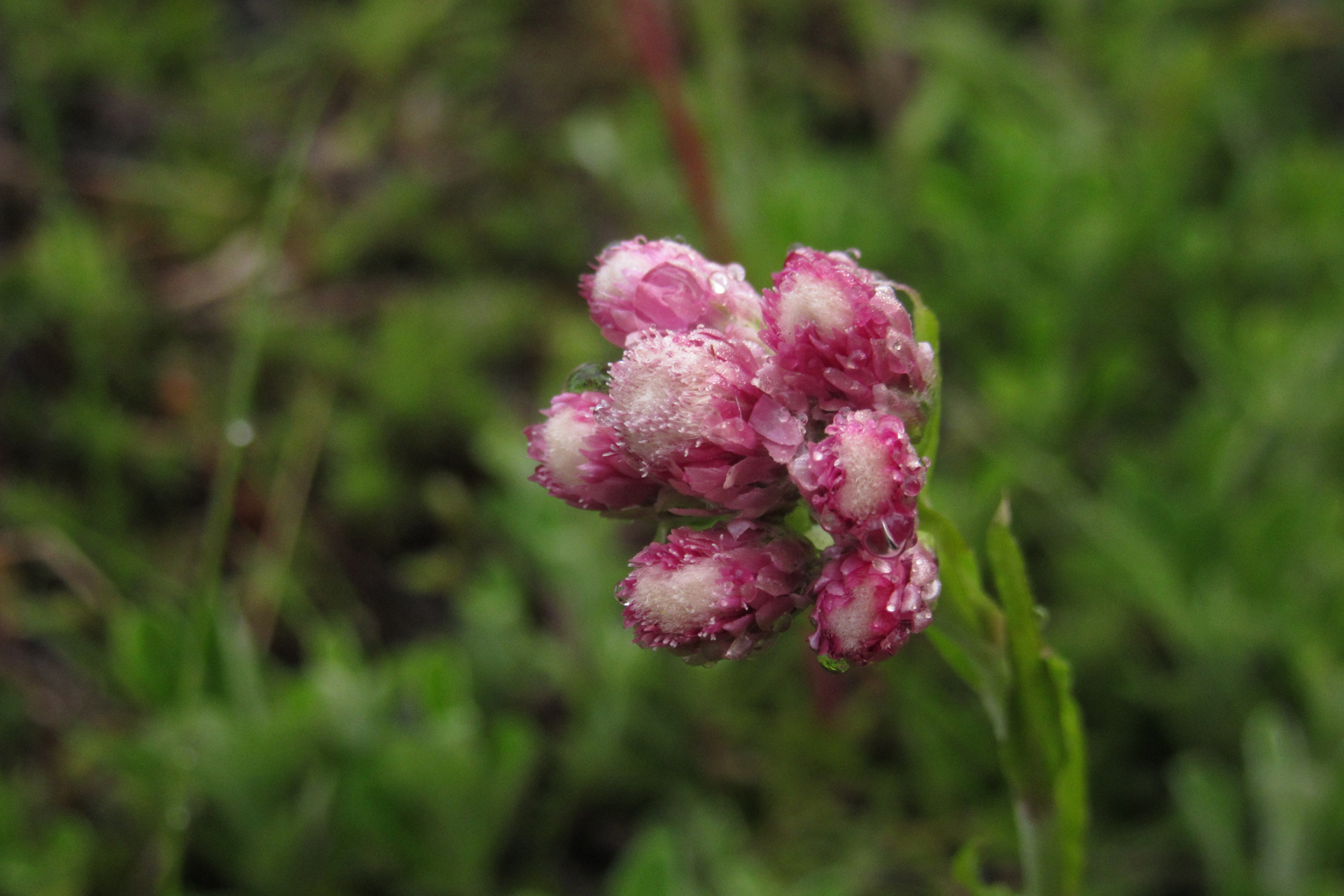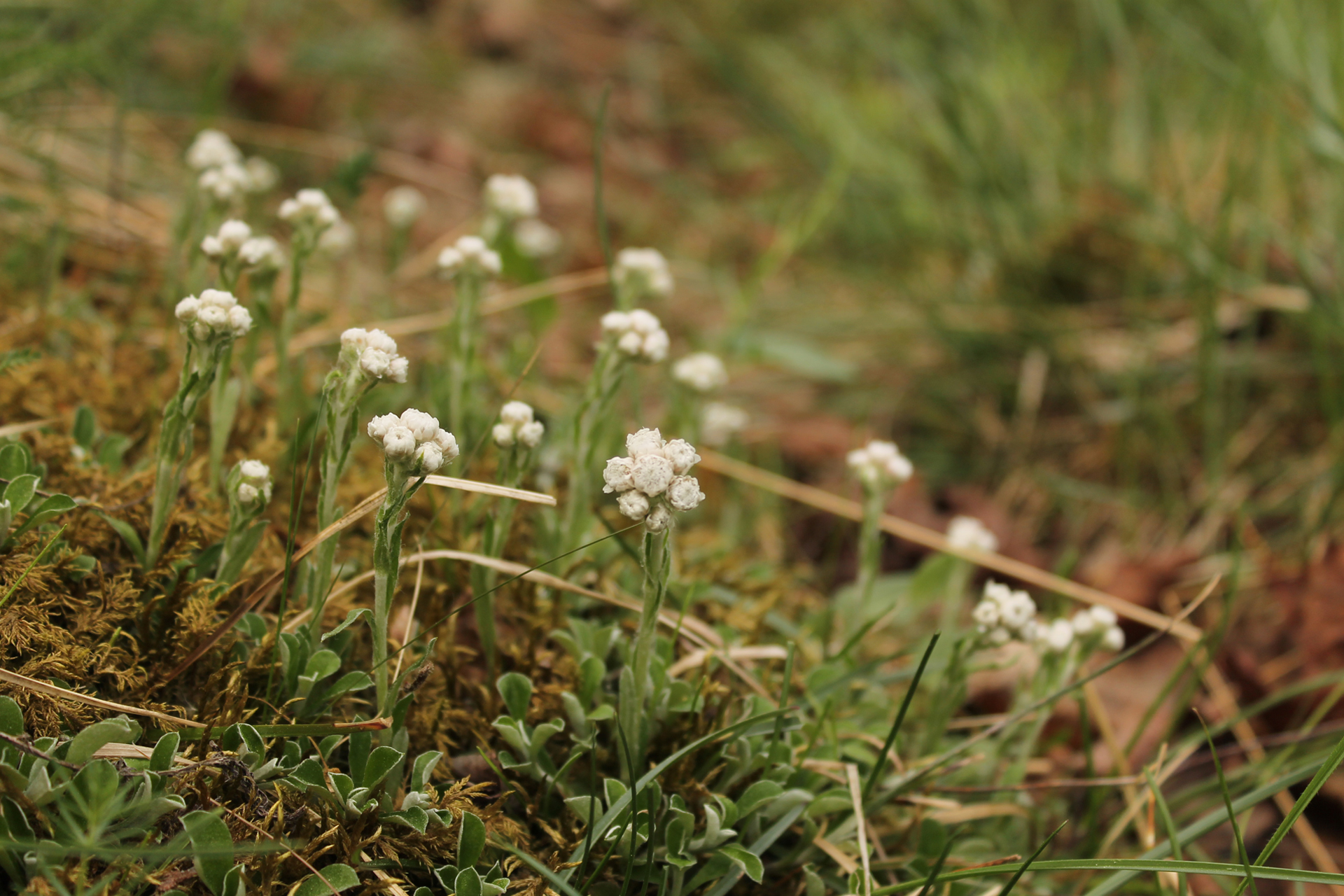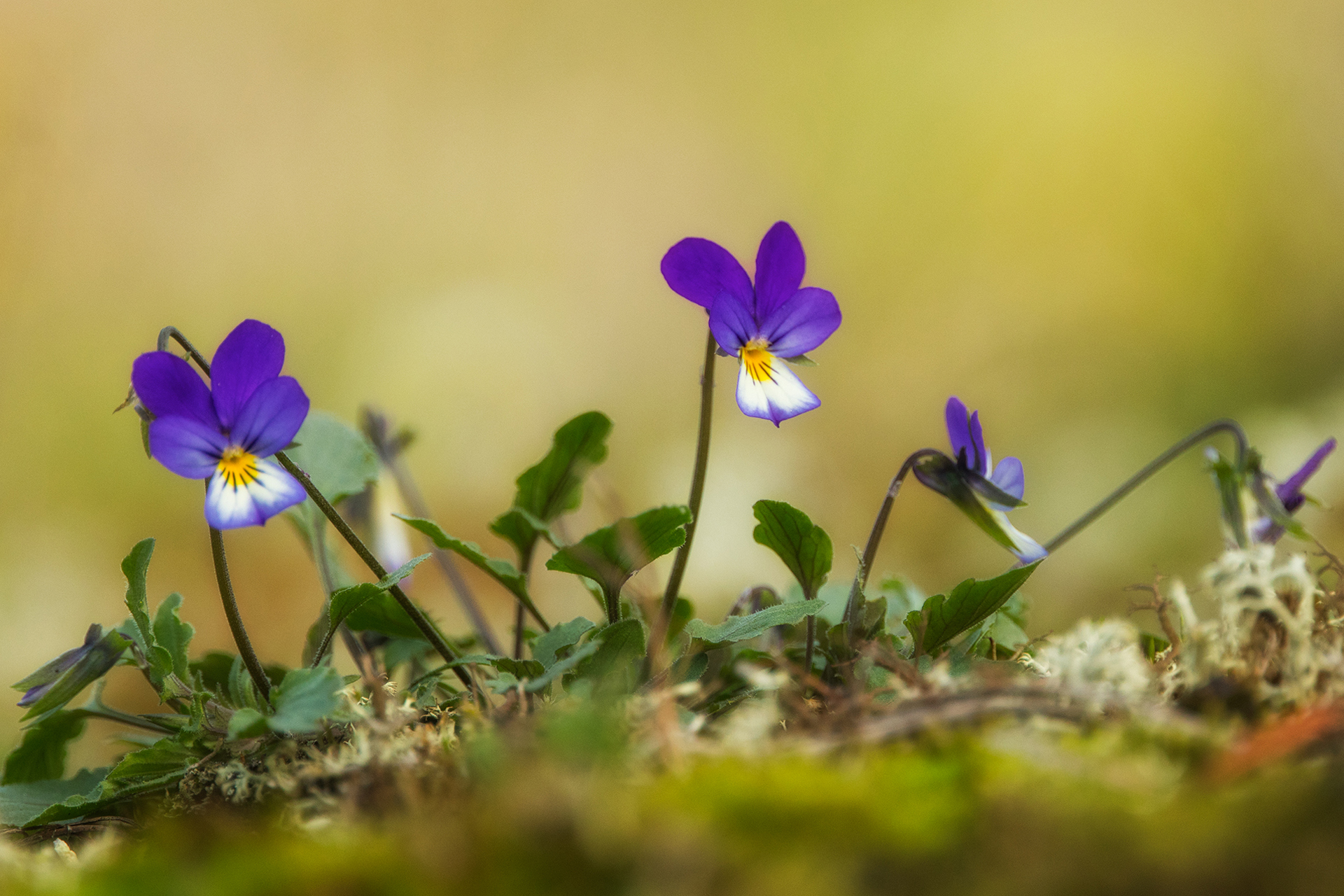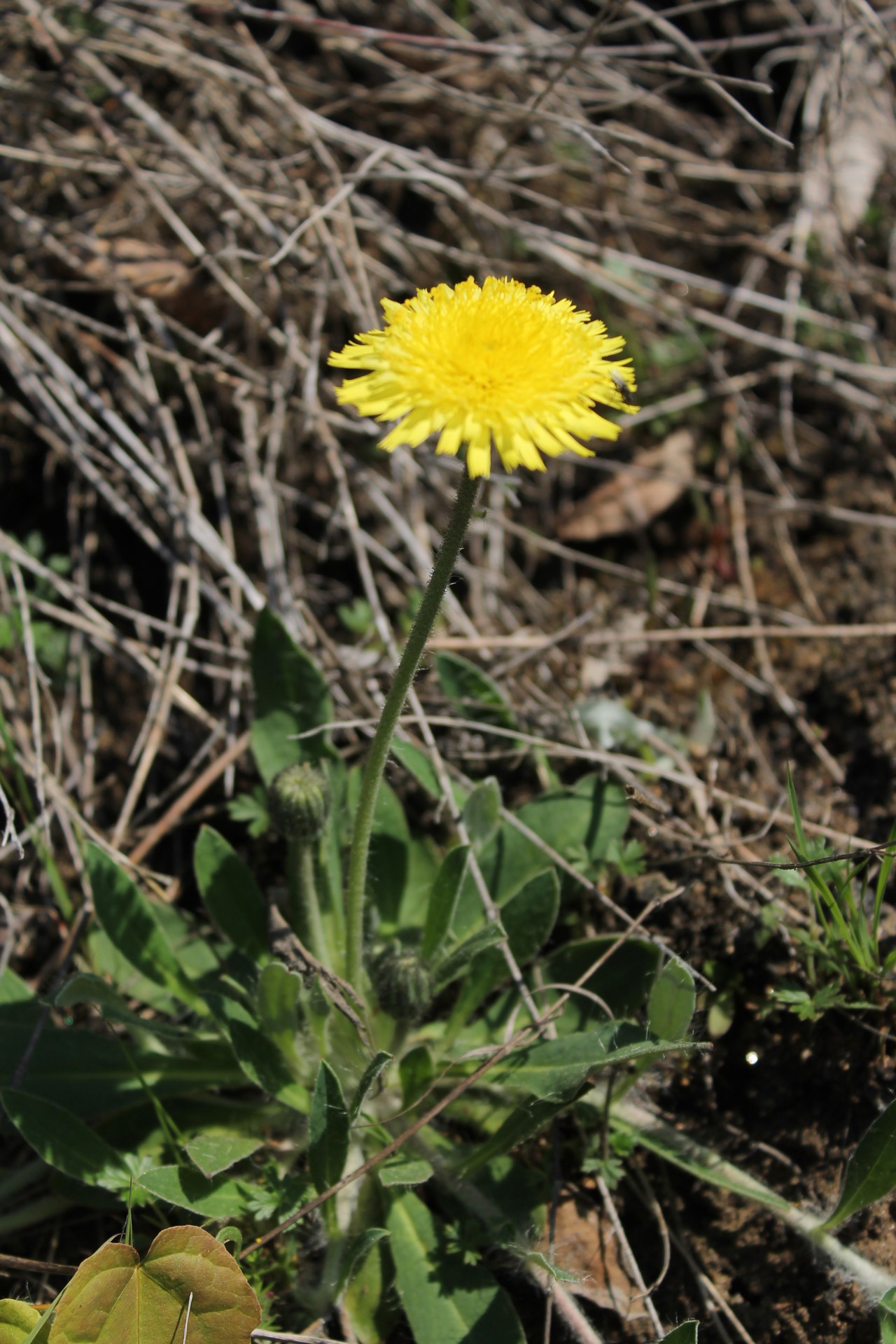The dry meadows of Ruissalo
Meadows are nutrient-poor, open habitats that have been created as a result of grazing and haymaking. They are called traditional rural biotopes, which have, over centuries of agricultural use, developed rich and distinct flora and fauna that differ significantly from those found in surrounding environments. However, agricultural and societal changes have driven traditional rural biotopes to the brink of extinction and caused many of the species found in them to become endangered. Of all of the threatened species in Finland, one quarter live in traditional rural biotopes, particularly in dry meadows. The remaining meadows in Finland are managed by grazing, clearing and mowing.
Dry meadows are characterised by low and sparse vegetation, occasional aridity and a scarcity of nutrients. Meadows with very shallow soils are particularly arid, especially if the soil is so shallow that the underlying bedrock is bared in places. These kind of habitats are called rocky dry meadows. Plant species typically found in dry meadows fields include maiden pink, mountain everlasting, wild pansy and mouse-ear hawkweed. They bloom impressively before the dryness of the late summer causes the plants to wilt. The diverse range of plants found in meadows also supports a large number of butterflies, beetles and hymenopterans.
